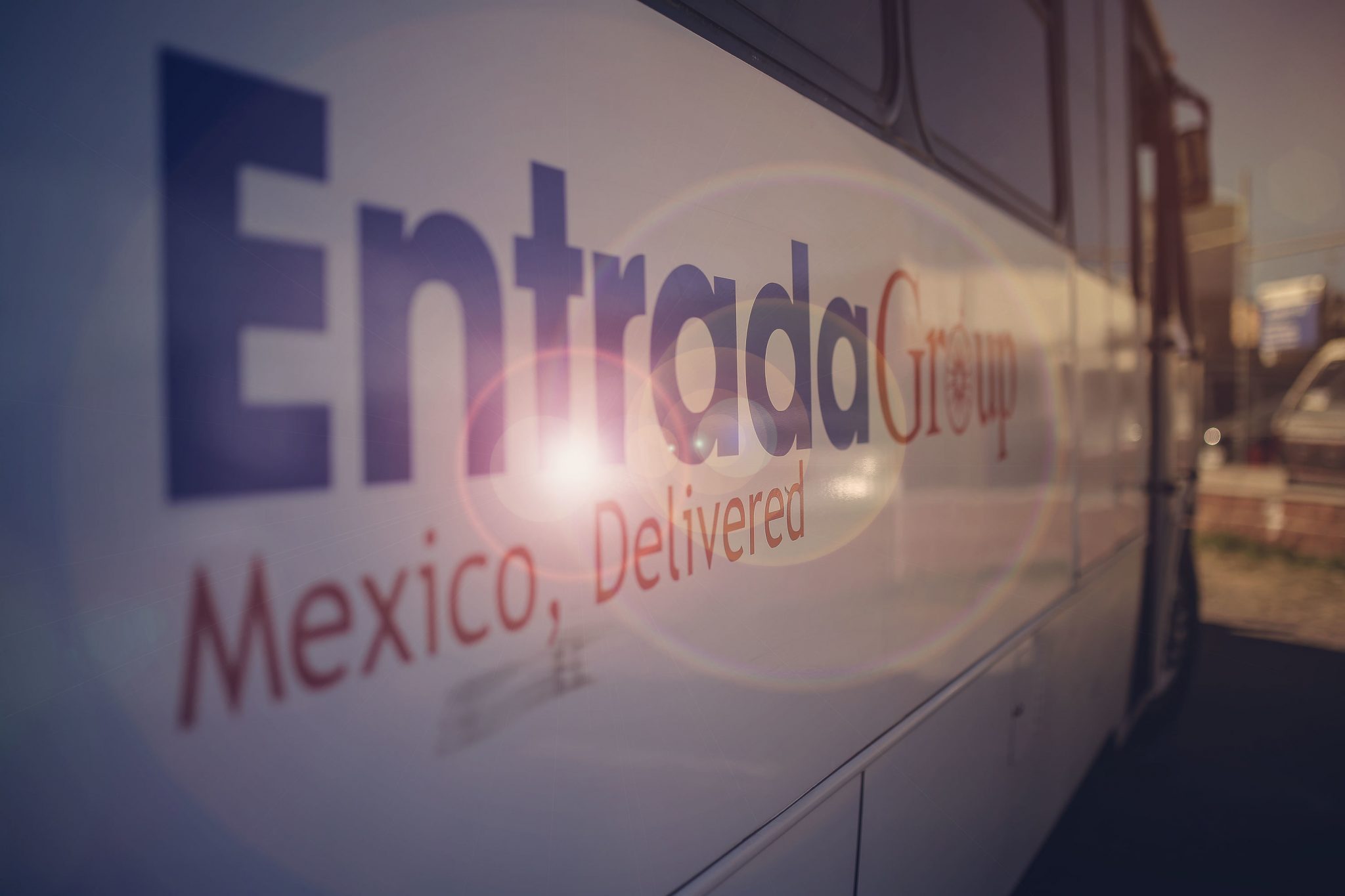Roundtable at WHMA Conference Asks – Is the Love Affair with Mexico Over?
As published in WHMA Annual Conference Newsletter 2018…
By John Paul McDaris, Director of Business Development, Entrada Group
Wire harnesses and romance? How do those go together?
Not many roundtable sessions in the manufacturing world relate to affairs of the heart. But one held on February 14 at last month’s 25th Annual Conference of the Wire Harness Manufacturing Association (WHMA) did just that, with the session title posing the question: “Wire Harness Producers – Will You Be Sending Mexico a Valentine this Year?”
The roundtable was hosted by Entrada Group (which is my employer and a WHMA member), a firm that helps wire harness makers establish and run their own cost-competitive nearshore manufacturing. The session faced head-on the key question of whether Mexico is still an attractive production location, as more American and Canadian companies face tightening margins and rising costs.
In short, the answer appears to be “Yes, Mexico is still a strong alternative for many producers.” But from there, some important follow up questions emerged: “What size wire harness companies?” “Which regions of Mexico or neighboring nations are best?” And an overarching question that also seemed top-of-mind: “What is the deal with NAFTA?”
NAFTA Remains Key on People’s Minds
As expected, uncertainty around NAFTA was a key topic discussed at the roundtable. This ambiguity is definitely a stress point for wire harness producers that already do their assembly in Mexico, as they wait to hear how negotiations may play out. Companies lacking a Mexico facility may not be as concerned about this issue, but it makes investment in Mexico challenging, until the situation becomes more clear.
My colleague, Entrada’s Doug Donahue, who moderated the session, pointed out one key aspect many people may not know about the trade deal. He said that if NAFTA isn’t adapted or is discontinued, global trade agreements between the three countries revert to prior World Trade Organization (WTO) rules. Why is this important? Because the differences in tariff amounts between the WTO and NAFTA are minor, representing a limited increase of between 0-5%, depending on the sector.
In that case, if trade between the U.S., Mexico and Canada reverts back to WTO rules, Mexico still has significant advantages over other trading competitors: proximity (to U.S. and Canada); a young, manufacturing-savvy, cost-competitive workforce; shorter delivery times and cheaper inventory costs, to name a few. In short, even if NAFTA were completely off the table, Mexico’s advantages as a nearshore production location for North American export would remain. Donahue added that these advantages are important to Entrada Group’s current wire harness-producing clients based in Central Mexico.
Mexico Labor Issues and Alternative Production Locales
Roundtable participants were vocal about a common challenge, regardless of location: shortage of labor. Clearly, Mexico is also not immune to such pressures. Donahue discussed how hourly labor rates across Mexico continue to rise on the whole. He added, however, that wage growth across Mexico is uneven, varying by as much as 40% for hourly, direct labor in the wire harness sector.
That’s why it’s essential for international wire harness producers looking at Mexico to fully understand the local landscape, with knowledge of prevailing local wages being important. For example, some states and regions in Mexico don’t even promote themselves as locations for wire harness production, as they want to avoid the “low-cost” label and instead transition to more advanced industries and processes, such as aerospace and automotive. While other communities, such as in Mexico’s interior, are home to wire harness producers big and small, with a large corresponding wage gap to be found.
Finally, the session delved briefly into other countries beyond Mexico, with varying opinions about their viability. Donahue described how Entrada Group had conducted extensive cost analyses of three leading alternative production locations to Mexico. Costa Rica is fast becoming cost prohibitive for wire harness makers and Honduras is facing similar labor shortages that Mexico has. Nicaragua, which offers a tax-free environment, can be a viable production for wire harness manufacturers that are large enough to leverage scale, with hourly labor costs as low as one-third the cost of labor in Mexico, depending on the region. But smaller producers would find freight costs from Nicaragua cost prohibitive, and only wire harness producers with more than 200 employees or so would be able to make Nicaragua fiscally viable due to added transport costs.
In a nutshell, whether wire harness producers will send Mexico a valentine or not is largely a personal (if not romantic) decision.



